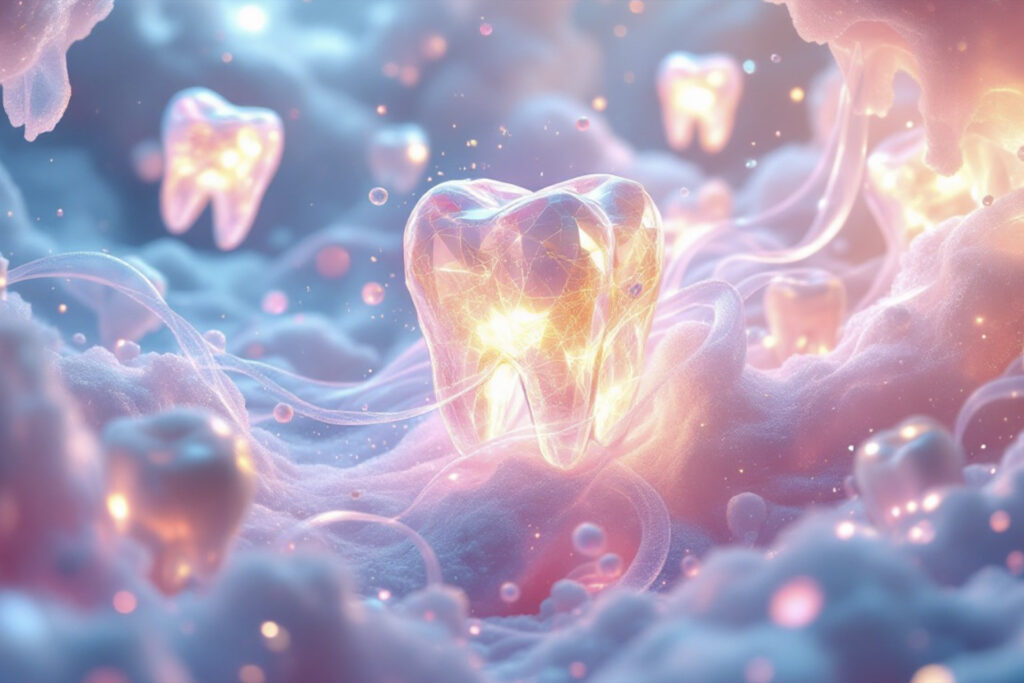Introduction
The journey of dentistry from its rudimentary origins to the sophisticated art form it is today is a testament to humanity’s ingenuity and evolving aesthetic values. Dental art has transitioned from being purely functional to a creative expression that blends science with beauty. This evolution highlights the interplay between cultural influences, technological advancements, and the innate human desire for self-expression.
Ancient Practices and Early Aesthetics
Long before modern techniques, ancient civilizations demonstrated remarkable ingenuity in dental restoration:
-
Egyptians: As early as 3000 BCE, the Egyptians used gold wires to stabilize loose teeth, combining practicality with ornamental appeal.
-
Etruscans: Renowned for their artistic skills, they crafted dentures and crowns from ivory and gold, emphasizing both functionality and aesthetics.
-
Mayans: Known for their intricate inlays, they adorned teeth with jade and turquoise, showcasing a cultural appreciation for dental beauty.
The Renaissance of Dental Art
The Renaissance period marked a turning point as dental care became more sophisticated:
-
Scientific Advancements: Pioneers like Pierre Fauchard, often called the “Father of Modern Dentistry,” introduced techniques that emphasized both health and appearance.
-
Artistic Influence: The period’s focus on symmetry and proportion inspired the pursuit of naturally beautiful smiles.
The Modern Era: Art Meets Technology
Today, dental art thrives at the intersection of innovation and creativity:
-
Personalized Smile Design: Advances in digital technology enable dentists to tailor smiles that reflect individual personalities and preferences.
-
Aesthetic Materials: Porcelain, composite resins, and zirconia mimic the natural beauty of teeth, offering lifelike translucency and durability.
-
Cultural Trends: Modern dentistry responds to global aesthetic ideals, blending universal principles with localized preferences.
The Future of Dental Art
The evolution of dental art is far from complete. Emerging trends hint at exciting possibilities:
-
AI-Driven Aesthetics: Artificial intelligence will refine smile design, ensuring precision and personalization.
-
Sustainable Practices: Eco-friendly materials and techniques will align with global efforts toward sustainability.
-
Enhanced Collaboration: Artists and dental professionals will work together to push the boundaries of what’s possible in dental art.
Conclusion
The historical evolution of dental art reflects humanity’s quest to merge function with beauty. From ancient inlays to digital design, each era has contributed to the rich tapestry of modern dental aesthetics. As the field continues to grow, one thing remains constant: the commitment to creating smiles that are as functional as they are beautiful, honoring the past while embracing the future.



0